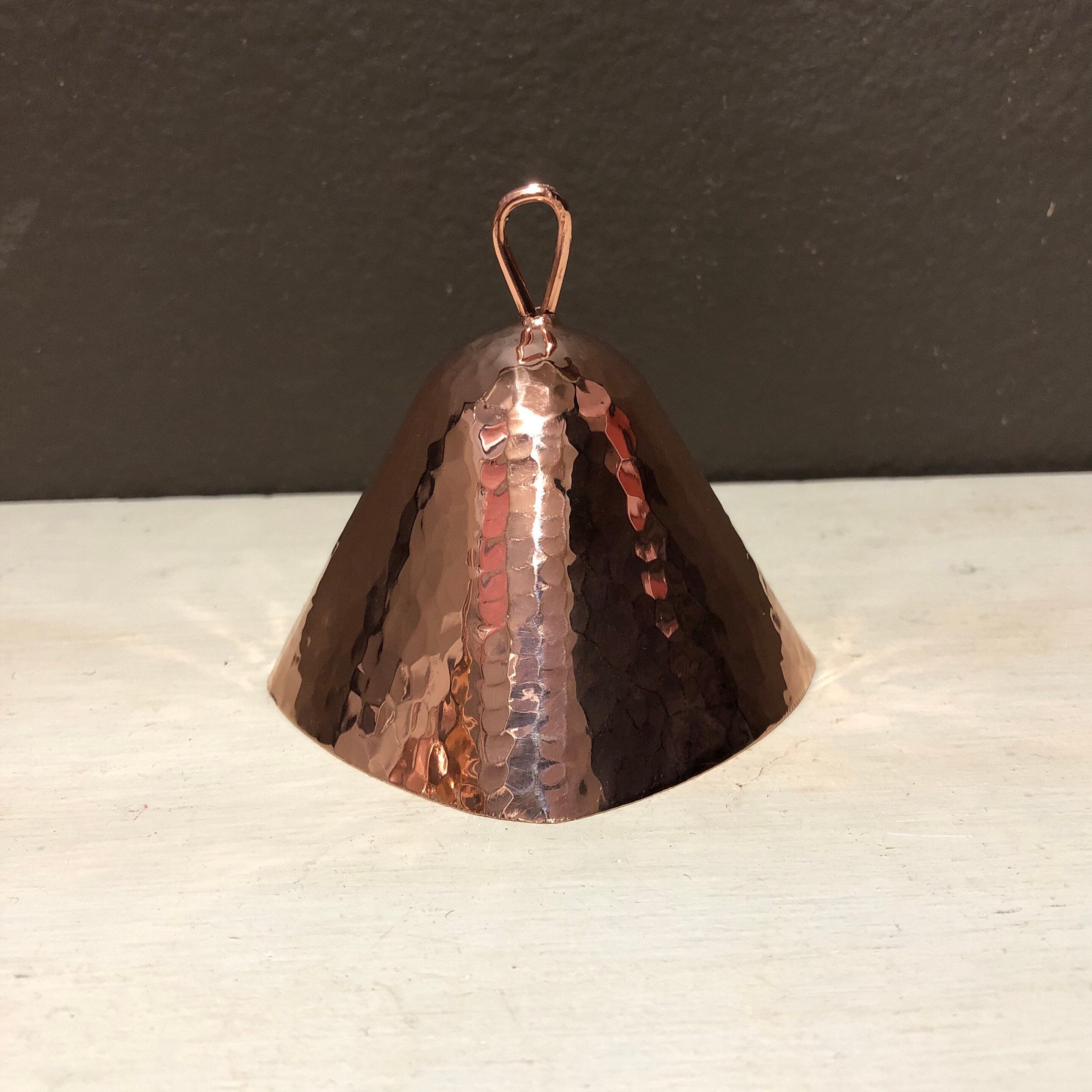

He extracted sediment cores from lakes adjacent to prehistoric mines on Michigan's Keweenaw Peninsula and Isle Royale and measured trace metals in the cores, including lead and titanium, that had been released by processing the ore.
HERO OF THE KINGDOM 3 COPPER BELL HOW TO
"The history is just so peculiar," in part because many other ancient cultures didn't abandon metal tools once they learned how to make them, Pompeani says.Ībout 10 years ago, Pompeani began doctoral research that cast doubt on the Old Copper timeline. After that, early Native Americans used copper mostly for smaller, less utilitarian items associated with adornment, such as beads and bracelets. When researchers began to date the artifacts and mines, they saw a perplexing pattern: The dates suggested the people of the Old Copper Culture began to produce metal tools about 6000 years ago and then, for reasons that weren't clear, mostly abandoned copper implements about 3000 years ago. Today, it's not uncommon to meet residents of the region "who have buckets of copper artifacts tucked away in their basements," says David Pompeani, a geologist at Kansas State University, Manhattan, who studies ancient mining.

They left behind thousands of mines and countless copper artifacts, including lethal projectile points, hefty knives and axes, and petite fish hooks and awls. At some point, Native Americans learned to harvest the ore and heat, hammer, and grind it into tools. They also suggest a regional climate shift might help explain why, after thousands of years, the pioneering metallurgists abruptly stopped making most copper tools and largely returned to stone and bone implements.Įarth's largest and purest copper deposits are found around North America's Great Lakes. The dates show that early Native Americans were among the first people in the world to mine metal and fashion it into tools. A new study of that artifact and other traces of prehistoric mining concludes that what is known as the Old Copper Culture emerged, then mysteriously faded, far earlier than once thought. The finely crafted point, used to hunt big game, highlights a New World technological triumph-and a puzzle. About 8500 years ago, hunter-gatherers living beside Eagle Lake in Wisconsin hammered out a conical, 10-centimeter-long projectile point made of pure copper.


 0 kommentar(er)
0 kommentar(er)
